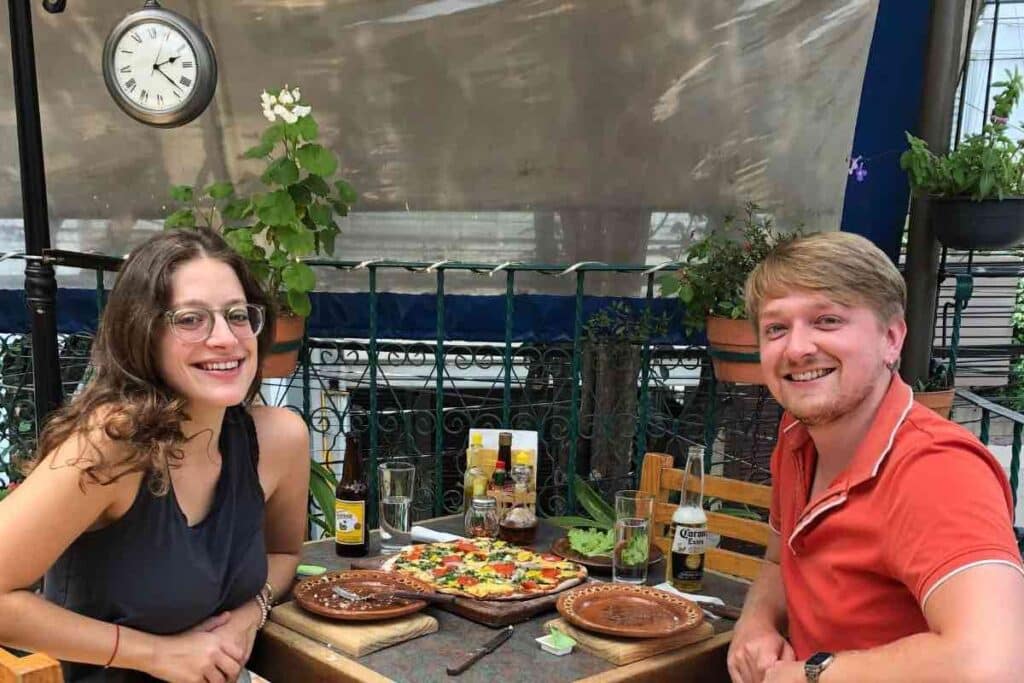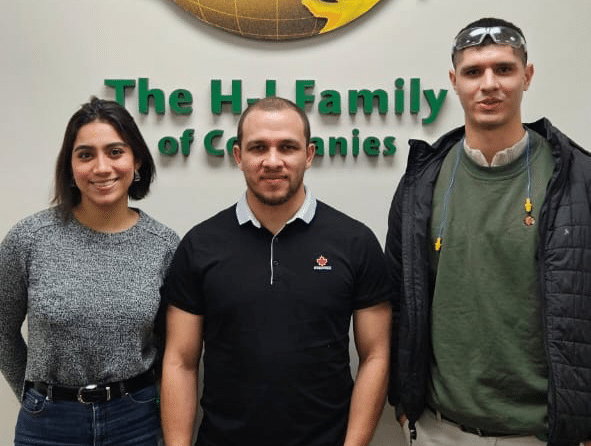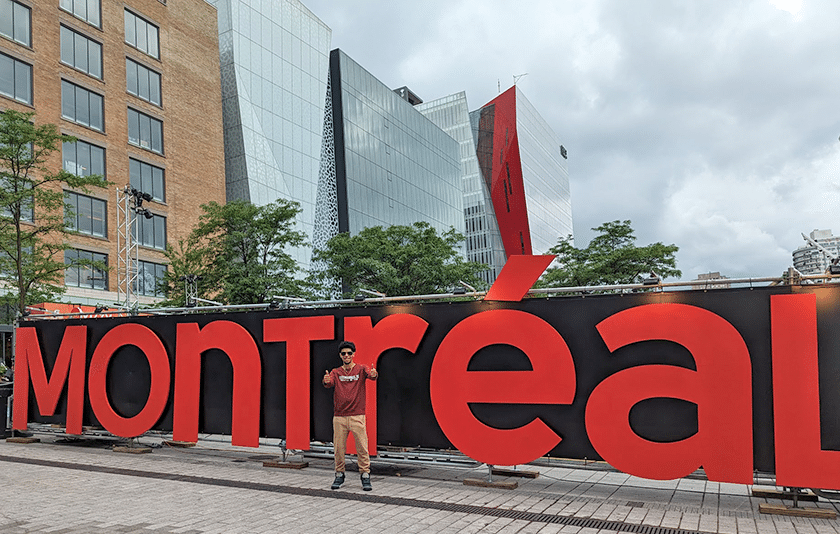I’m currently living in Mexico City and volunteering full-time at Asylum Access, a refugee-rights NGO with headquarters in San Francisco, with the support of an InterExchange Christianson Fellowship. Before arriving, I assumed that nonprofit work culture in Mexico would be similar to the work culture in the U.S.—but I was definitely wrong!

Image courtesy of Nikki Stoumen
Even though Asylum Access is U.S.-based, the office in Mexico follows Mexican labor laws. After a few months under my belt working here, I’ve noticed six stark differences in the work culture.
1. Vacation is not granted or expected as much as in the U.S.
Mexican labor law mandates that an employee is entitled to six days of paid vacation only once a full year of employment has been completed. This means that in your entire first year of working at a company, you have no vacation days, legally.
After five years of employment, you’re entitled to an additional two vacation days, as administered by the government. Of course, companies or organizations can choose to expand these benefits. In learning about the benefits some local friends receive at their workplaces, I realize that many younger companies are implementing more flexible schedules and longer vacation periods; however, the majority of people are given benefits according to that baseline federal requirement. Many Mexicans are shocked when I tell them about the three-weeks paid time-off I received from my old job in Louisiana.
2. The Mexican work day is never ending
It seems that no one actually works 9-to-5 in Mexico. The actual business hours are 9:00 am to 6:00 pm, but most employees stay way past that time and without complaint. The work culture expects one to work really hard, which is demonstrated by how long you stay, or how many days you don’t take off. I’ve been told that in some sectors, especially in the government sector, it’s frowned upon to leave punctually at 6:00 pm.

Image courtesy of Nikki Stoumen
3. Lunch is late, long, and social
It’s pretty common in many Latin American countries to have a lengthy social gathering over lunchtime and Mexico is no exception. I’ve noticed that here in Mexico City, some of the best restaurants close by 6:00 pm because their biggest business time is during late lunch (2:00- 4:00 pm). If I show up to a restaurant at noon or 1:00, it will be completely empty. But after 2:00, the lunch crowd is large, loud, social, and energetic.

Image courtesy of Nikki Stoumen
A note about language: I had always thought that “to go eat lunch” was almorzar in Spanish, but was quickly corrected my first week here to say comer instead!
4. Email jargon is expected to be very polite
In the U.S., there is an expected level of professionalism used in email communication. Phrases like “I’m looking forward to,” “to whom it may concern,” “just circling back,” or “see below” are common in the initial exchange. Once the first few emails have been exchanged with a certain formality in the U.S., though, the following messages can be as brief as “great, thanks!”

In contrast, Mexicans take it to a whole other level! They continue to use a great deal of formality throughout the email thread. I’ve learned a lot of new formal phrases in Spanish that are used when addressing a professional associate over email. For example, me permito anexar, which roughly translates to “I should like to attach”; es preciso comentar que, which is a formal way of saying “note that…”; and por medio de la presente, which means “I hereby” or “by means of” or “through this” depending on the context.
5. References to time are very open ended
When discussing time, Mexicans will often say manaña meaning “tomorrow,” or estos días meaning “these days,” or my favorite, ahorita, a diminutive of the word for “now.” Using the word ahorita instead of ahora (meaning “now”) can often signify that you mean “right now.” These references to time can sometimes be meaningless, though. Someone might say ahorita, or “right now,” but mean in a few days. They might say they will get back to you mañana, but truly mean “in the near future.” At first, it was hard to determine what people truly meant, but I’ve grown accustomed to using the phrases and to clarify when setting a date.

6. Everyone greets each other with a hug and a kiss
No matter if you’ve just met or are long-time business associates or acquaintances, you are greeted affectionately with a light hug and kiss on the cheek in Mexico. This is very distinct from the formal handshake we use in the U.S. However, I personally find it to be lovely! Everyone makes a point to acknowledge and introduce themselves to each new person who enters a room, and I find it creates a stronger sense of intimacy, mutual respect, and collaboration. No matter if you are the volunteer (like myself) or the head of the government organization that processes refugee applications, you greet everyone equally.




